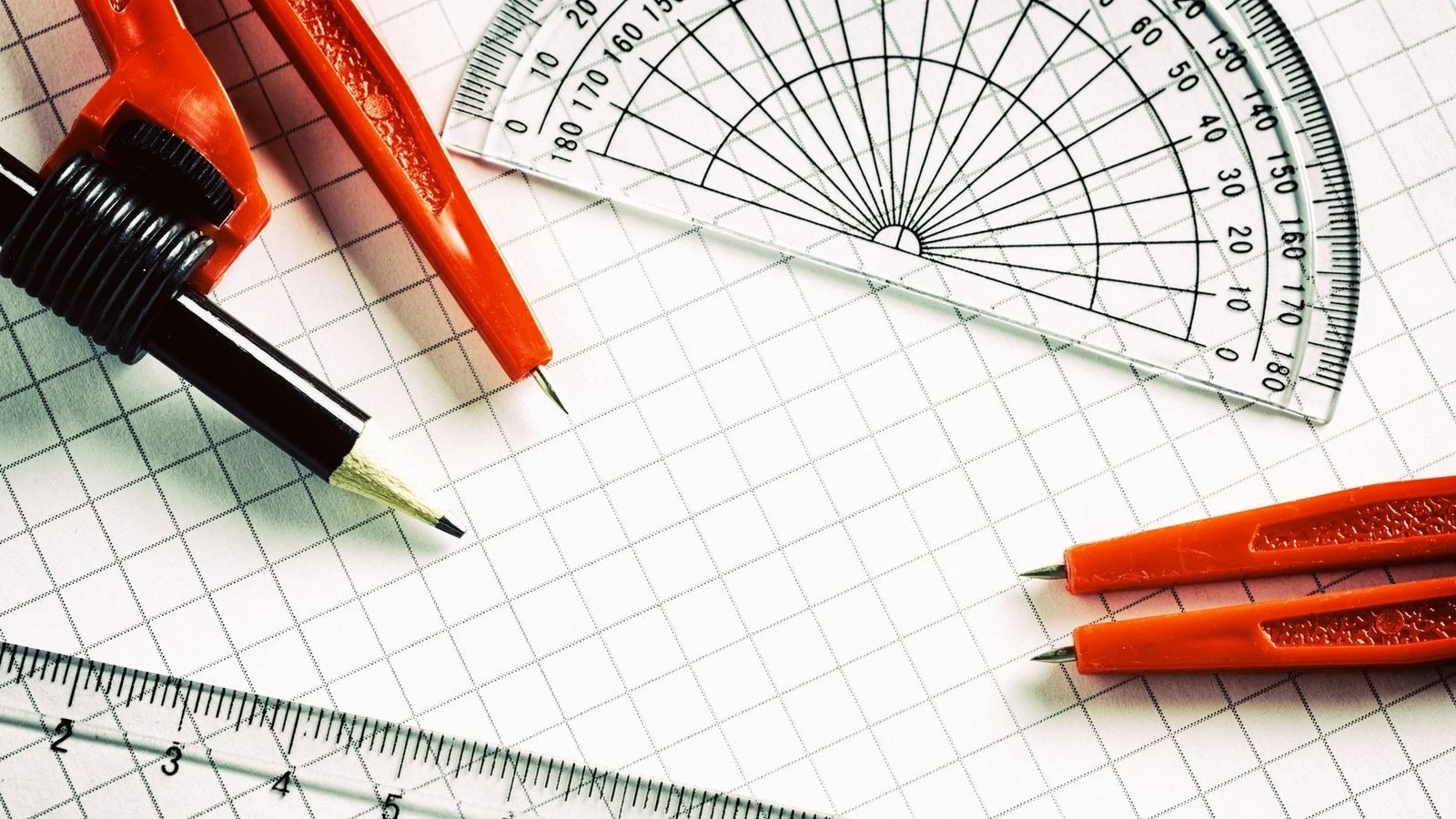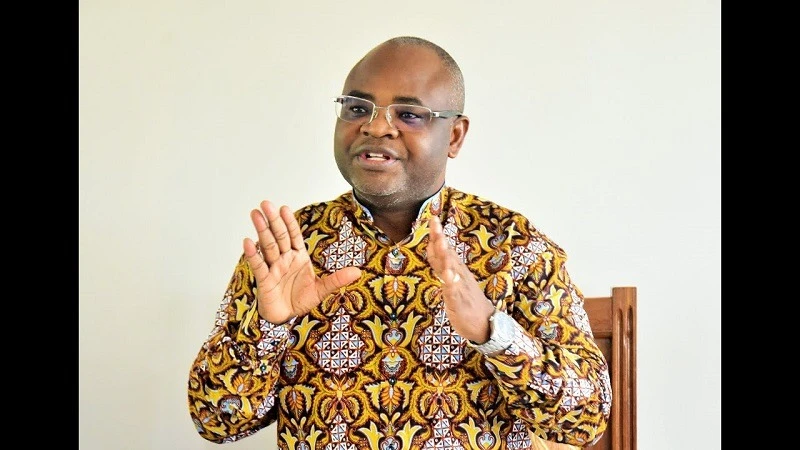Poor Math score wakeup call to authorities to device new ways

THOSE following examination results presentation by the Executive Secretary of National Examinations Council of Tanzania (NECTA) Dr. Said Mohamed, finding the big results could have been a problem. It is one thing noticing overall results, and another finding out what were the crucial results, as it is the latter that inform the public of the more deep set trends. That is how a section of the media zeroed on the Math pass rates, and then on division 1 to III levels.
Rapidly, a total of 221,953 candidates, or 42.96 percent, achieved division I-III in last year’s exam, while in 2023, precisely 197,426 candidates (37.42 percent) achieved division I-III, indicating an improvement of 5.54 percent in the latest examinations. In that case just slightly less than 43 per cent of candidates obtained division I to III in the past year’s secondary school leaving certificate exams, while the pass rate for Mathematics remained at around 26 per cent. They are the key results in scanning the report.
The issue is how far the public needs to worry as to the pass rate for Basic Mathematics remaining well below average, standing at 25.35 percent. In a way that is a matter of opinion but traditionally Math isn’t everyone’s cup of tea, as it is often regarded as the key to other spheres of learning, especially in science, but in many other regards it is treated as abstract, irrelevant m day to day life.
For one thing, most people don’t use more than basic adding and subtraction in cash operations, in which case what makes a difference between those who pass Math and those who flunk is the degree to which one is mentally tuned to Math. It is the same with other subjects, and a pupil is a sort of failure if he or she is not tuned well to a breadth of subjects, or nearly all the subjects. It is often a truism that being tuned to just one sphere in class can change the prospects of an individual, to excel in that sphere later.
In that case not much needs to be worried about if performance in Basic Mathematics is quite low, even as it has shown considerable improvement over the past decade. The pass rate increased from 16.76 percent in 2015 to 25.35 percent in 2024, and while this will not be a linear increase noticed every year, it at least shows that learning conditions are improving. Pass rates for Math are now roughly proximate to overall scores, implying that the greater pain of learning difficulty that is felt in Math scores is diminished.
Definitely, further efforts are required to improve teaching of the subject in schools, but the issue is less the Math than the overall score, to raise the division 1 to III levels, which strictly speaking ought to be above 50 percent. Perhaps this is something that the teaching profession can figure out how to introduce in the current discussion for Vision 2050. Such proficiency, even if somewhat irrelevant for literacy on day to day needs, is vital to build a generation of young people who find it easy to adapt in a science and technology world, taking up technical pursuits with ease.
Top Headlines
© 2025 IPPMEDIA.COM. ALL RIGHTS RESERVED

















